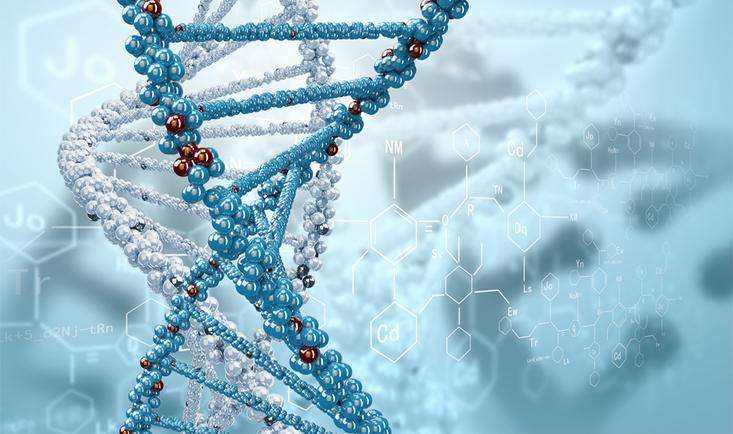There are actually twenty-two naturally occurring amino acids known on Earth, and more may await discovery, but only twenty of them are necessary to produce us and most other living things. The twenty-second, called pyrrolysine, was discovered in 2002 by researchers at Ohio State University and is found only in a single type of archaean (a basic form of life that we will discuss a little further on in the story) called Methanosarcina barkeri.)
實際上,地救上有22種天然存在的氨基酸,更多的尚待發(fā)現(xiàn),但只有其中20種對我們及別的生物的形成是必不可少的。第22種叫做吡咯賴氨酸,是2002年由俄亥俄州立大學(xué)的研究人員發(fā)現(xiàn)的。它只存在于太古代的巴氏甲烷八疊球菌之中(一種基本的生命形式,我們過一會兒還要討論這個問題)。

How long would you have to pull the handle before all 1,055 symbols came up in the right order? Effectively forever. Even if you reduced the number of spinning wheels to two hundred, which is actually a more typical number of amino acids for a protein, the odds against all two hundred coming up in a prescribed sequence are 1 in 10^260 (that is a 1 followed by 260 zeroes). That in itself is a larger number than all the atoms in the universe.
你要拉多少次把手那1055個符號才地以合適的順序排列起來?實際上,拉多少次都沒有用。即使你把轉(zhuǎn)輪的數(shù)目減少到200個——這其實是蛋白質(zhì)分子所含氨基酸分子的比較典型的數(shù)量,所有200個符號都按照特定的順序來排列的概率是10的負(fù)260次方。那個數(shù)字本身比宇宙里原子的總數(shù)還要大。
Proteins, in short, are complex entities. Hemoglobin is only 146 amino acids long, a runt by protein standards, yet even it offers 101^90 possible amino acid combinations, which is why it took the Cambridge University chemist Max Perutz twenty-three years—a career, more or less—to unravel it. For random events to produce even a single protein would seem a stunning improbability—like a whirlwind spinning through a junkyard and leaving behind a fully assembled jumbo jet, in the colorful simile of the astronomer Fred Hoyle.
總之,蛋白質(zhì)是十分復(fù)雜的實體。血紅蛋白只有146個氨基酸分子長,按照蛋白質(zhì)的標(biāo)準(zhǔn)只是個矮子,然而即使那樣,氨基酸的排列方式也有10的190次方的可能性。因此,劍橋大學(xué)的化學(xué)家馬克斯·佩魯茨花了23年時間——大體上相當(dāng)于一個人的職業(yè)生涯——才解開了這個謎。想要隨隨便便地制造哪怕是一個蛋白質(zhì)分子似乎是極不可能的——天文學(xué)家弗雷德·霍伊爾打了個精彩的比方,就像是一陣旋風(fēng)掠過一個舊貨棧,后面留下了一架裝配完好的大型客機(jī)。












